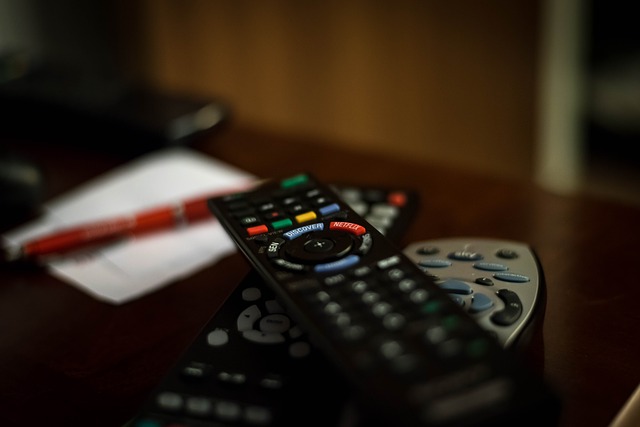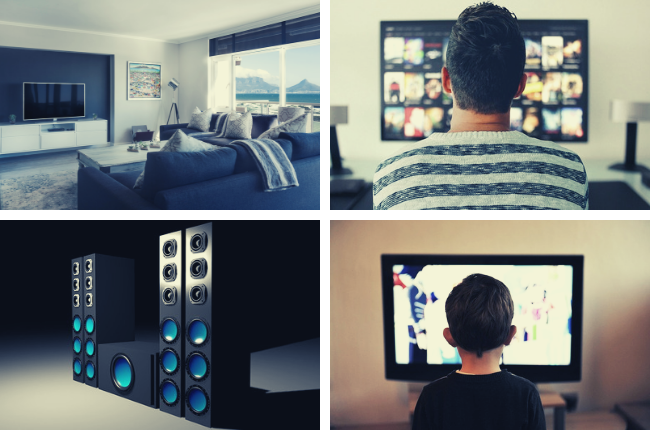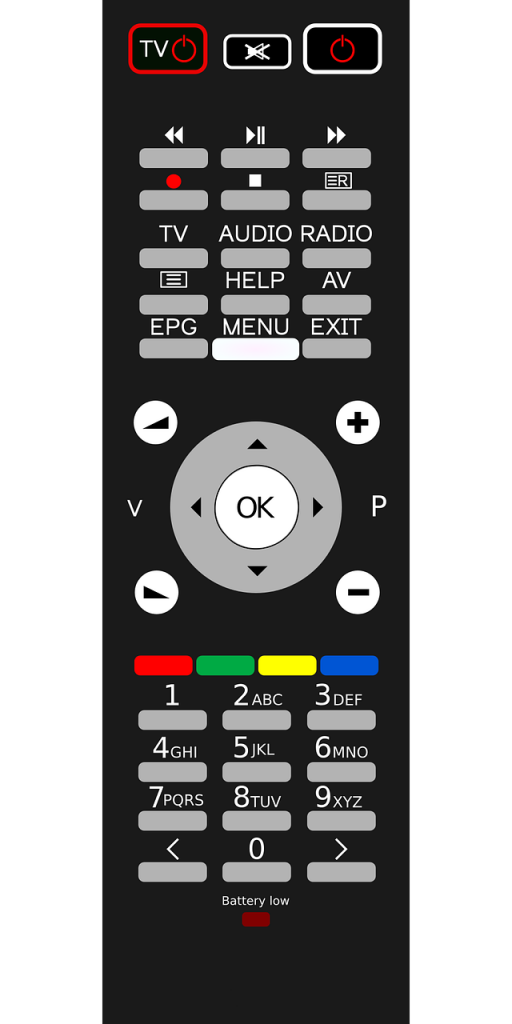
Universal remote controls can almost replace all the remotes that control your home theater and surround sound system. By consolidating to one remote, you can simplify many tasks and gain more control over other aspects of your system.
Remote Control Replacement
Universal remote controls, in the most basic way, replace the remote that came with your electronic device. They can be very simple and do basic functions such as on/off, channel up/down, and volume up/down. Often the remote that came with a component gets broken or lost and a universal remote is an easy alternative to buying a replacement from the manufacturer. More sophisticated remotes can do much more than act as a replacement.

Remote Control Macro
One of the most powerful features of a universal remote control is the macro. A macro is a command executed by the remote that replaces several clicks from multiple remotes. For example, you might have a macro to turn your HDTV on, go to input one, turn on a cable box, turn on a home theater receiver, and select a cable box on the home theater receiver. Instead of using each individual remotes to go through the process, you can have a macro on the remote that only requires one press of a button to send out all of those commands to your electronics.
Macros can be very customized and sophisticated. One macro could turn on the home entertainment system, another turn the HDTV on to a kids television channel. The remote can keep track of what is turned on and off. A simple “off” button can turn everything off when you are finished.
Hard Buttons and Touch Screens
Universal remotes come with different types of buttons. The most basic have hard buttons, like the ones that come with most electronic components. Others move up to a color screen with labels that you can design or select from to go next to designated hard buttons. The high end models have touch screens and hard buttons. The touch screens can be highly sophisticated with pictures and graphics to guide you through your options for components.
IR and UHF

Universal remote controls communicate with your equipment in two basic ways, infrared (IR) and ultra high frequency (UHF). IR is the way traditional remotes communicate with electronic components. The remote sends a beam across the room to a receptor on the component. UHF remotes send a signal through the area that can actually go through walls and work throughout your house. UHF remotes need a receiver that has an IR emitter to send IR signals to your components.
Programming a Universal Remote
There are different ways to program the remote. The basic ones require you to enter codes for each component in your home theater system. The nicer remotes have a program that runs on a computer. The program allows you to select the components in your systems by model number. You can then program a macro by selecting what settings each component should be in for each macro to work. Then you simply connect your remote to the computer to transfer the settings.
Universal remote controls can make the home theater experience better. By making the operation of your HDTV easy enough for anyone, it is a smart buy. With a wide range of prices, universal remote controls can be found for any budget.
